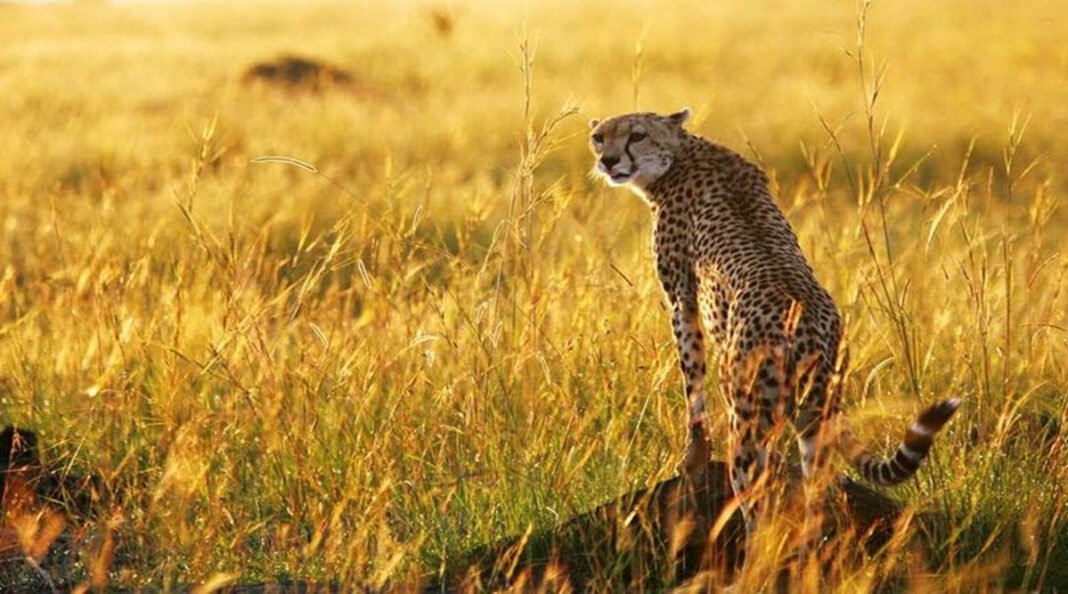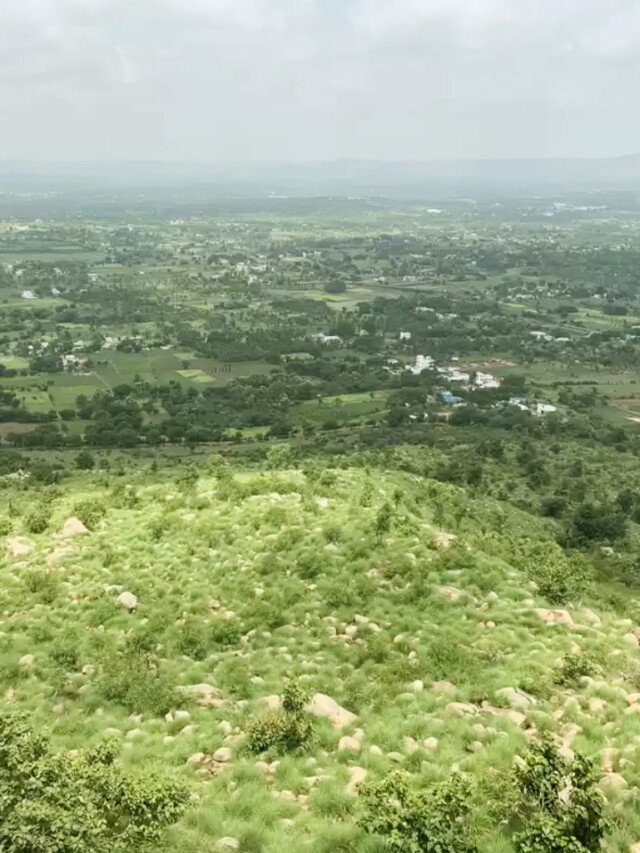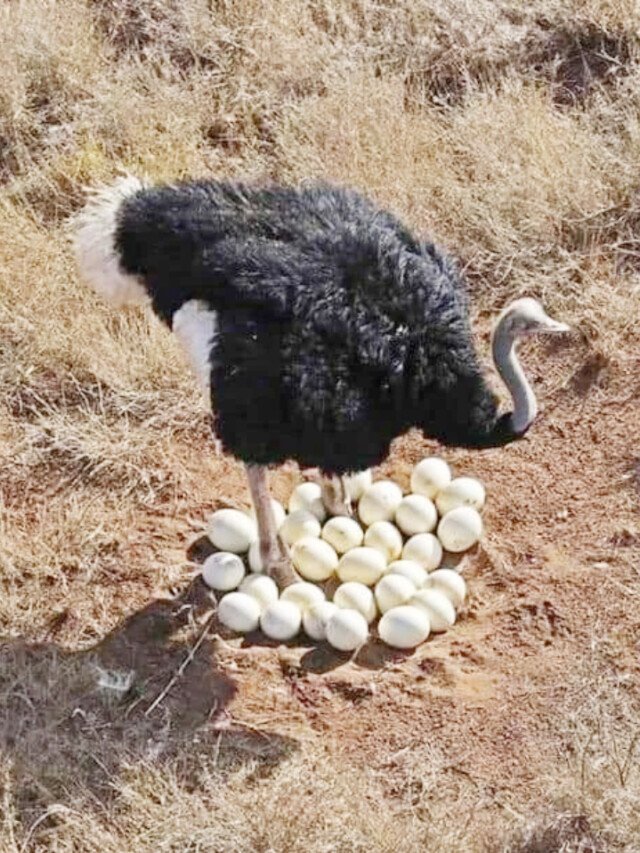NEW DELHI/JOHANNESBURG, Jan 27 (PTI): India and South Africa have finally signed an MoU to transport a dozen cheetahs from this African country next month and reintroduce them in the Kuno National Park in Madhya Pradesh, months after eight such felines were translocated from Namibia under an ambitious project.
A majority of the world’s 7,000 cheetahs live in South Africa, Namibia and Botswana. Namibia has the world’s largest population of cheetahs.
The cheetah is the only large carnivore that got completely wiped out from India, mainly due to overhunting and habitat loss. The last spotted feline died in 1948 in the Sal forests of Chhattisgarh’s Koriya district.
Under the Memorandum of Understanding (MoU) between the two countries, an initial batch of 12 cheetahs is scheduled to be flown in from South Africa to India next month. The cats will join eight cheetahs introduced to India from Namibia, South Africa’s neighbour, in 2022.
“Following the import of the 12 cheetahs in February, the plan is to translocate a further 12 annually for the next eight to 10 years. The terms of the MoU will be reviewed every five years to ensure it remains relevant,” India’s environment ministry said in a statement.
A statement issued by South Africa’s Department of Forestry, Fisheries and the Environment (DFFE) said the initiative to reintroduce cheetah to a former range state following the local extinction of this iconic species due to overhunting and loss of habitat in the last century is being carried out following the request received from the government of India.
The MoU facilitates cooperation between the parties to establish a viable and secure cheetah population in India; promotes conservation and ensures that expertise is shared and exchanged, and capacity is built, to promote cheetah conservation, it said.
“This includes human-wildlife conflict resolution, capture and translocation of wildlife and community participation in conservation in the two countries,” it said.
The pact was signed last week and seven male and five female cheetahs are expected to reach Kuno by February 15, a senior official in the Union Environment Ministry in New Delhi said on Friday.
The cheetahs being sent from South Africa to reintroduce the species to India were expected to reach the country in October last year after a South African team returned from India, following an inspection of the holding facility where they will be released.
But this was delayed as the finalisation of the inter-governmental agreement was awaited.
Under the Cheetah reintroduction programme, Prime Minister Narendra Modi released the first batch of eight spotted felines – five females and three males – from Namibia into a quarantine enclosure at Kuno on his 72nd birthday on September 17 last year.
According to the ‘Action Plan for Reintroduction of Cheetah in India’ prepared by the Wildlife Institute of India, around 12-14 wild cheetahs that are ideal for establishing a new cheetah population would be imported from South Africa, Namibia and other African countries as a founder stock for five years initially and then as required by the programme.
The fastest land animal in the world found a new home in the Kuno-Palpur National Park (KNP) in Madhya Pradesh’s Sheopur district.
The park, originally developed to be the second home for Asiatic lions in India besides Gir, was selected as a habitat for the African cheetah by a Supreme Court-mandated expert committee in January 2021.
A note issued by India’s environment ministry said the main reasons for the decline of cheetah population in India were large scale capture of animals from the wild for coursing, bounty and sport hunting, extensive habitat conversion along with consequent decline in prey base.
“In saving it, one would have to save not only its prey-base comprising certain threatened species, but also other endangered species of the grasslands/open forest ecosystems, some of which are on the brink of extinction,” it said.
These species include caracal, Indian wolf and three endangered species of the bustard family – houbara, lesser florican and great Indian bustard.
The grassland, open forest-dependent species, both avifaunal and faunal, have suffered a more drastic decline than any other species adapted to other biomes, simply because these habitats have undergone the most qualitative and quantitative decimation of all ecotypes in the sub-continent, the note read.
“Cheetah restoration will be part of a prototype or model for restoration of original cheetah habitats and their biodiversity, helping to stem the degradation and rapid loss of biodiversity now underway. Lessons learnt from this process will benefit the management of these ecotypes, the most overused, least managed and yet the most productive biomes in the country,” the ministry said.
Nine of the South African cheetahs were quarantined at the Rooiberg Veterinary Services, run by Dr Andy Fraser in Limpopo province, and the other three at Phinda game reserve in KwaZulu-Natal province.
There has been a massive collaboration between the nature conservation departments and the veterinarians of South Africa and India. We have had visits from the team that is going to be the custodians of the cheetah on that end, so they are very aware of the process and what is required, Fraser said at the time.
Fraser said cheetah translocation to other countries has been done, but the Indian one is the first of its kind because the animals are going to a country which has had no cheetahs since they became extinct in the early 1950s.
In India, the cheetahs would be released from their crates into a holding facility for the Indian team to monitor their health and to ensure that they are hunting again before releasing them into the reserve which will be their final destination.
Restoring cheetah populations is considered to be a priority for India and will have vital and far-reaching conservation consequences, which would aim to achieve a number of ecological objectives.
This included re-establishing the functional role of cheetahs within their historical range in India and enhancing the livelihood options and economies of the local communities.
The African Cheetah Introduction Project in India’ was conceived in 2009 but it failed to take off for over a decade.
The plan to introduce the cheetah by November 2021 in Madhya Pradesh’s Kuno, spread over 750 kilometres in the state’s Chambal region, suffered a setback due to the COVID-19 pandemic.
The cheetah is considered vulnerable under the International Union for Conservation of Nature’s (IUCN) red list of threatened species, with a declining population of less than 7,000 found primarily in the African savannas.








